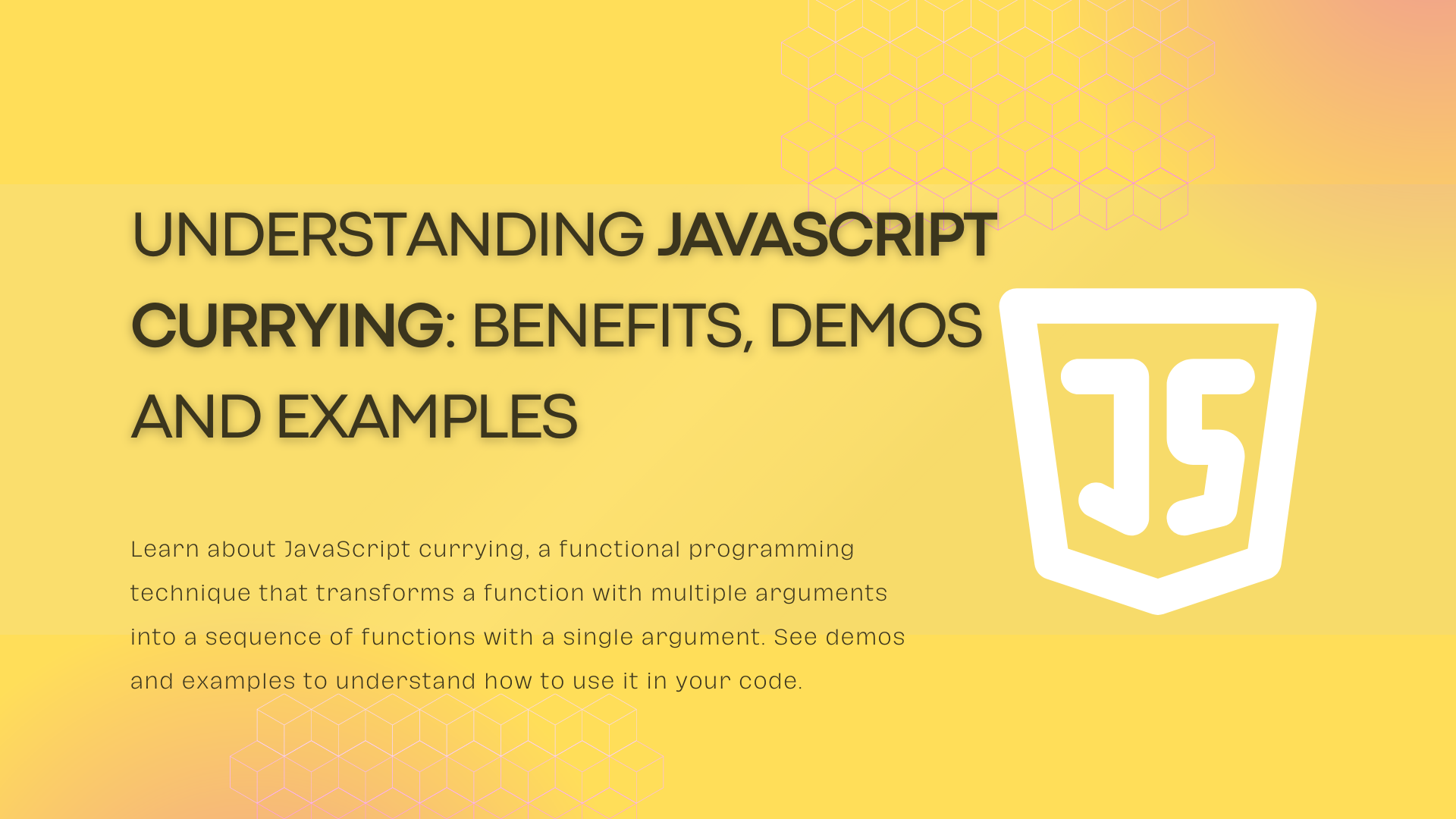- Read more: 131 CSS Cards Collections: Free Code + Demos

131 CSS Cards Collections: Free Code + Demos
In the evolving landscape of web design, CSS Cards stand out as a pivotal UI component, seamlessly bridging aesthetics with functionality. Often referred to as Styling Cards, Web Cards, or even Thumbnail Cards, they have become integral to modern Front-end Development. Originating from frameworks and design philosophies like Bootstrap and Material Design, CSS Cards encapsulate…
- Read more: JavaScript Type Conversion and Coercion Explained
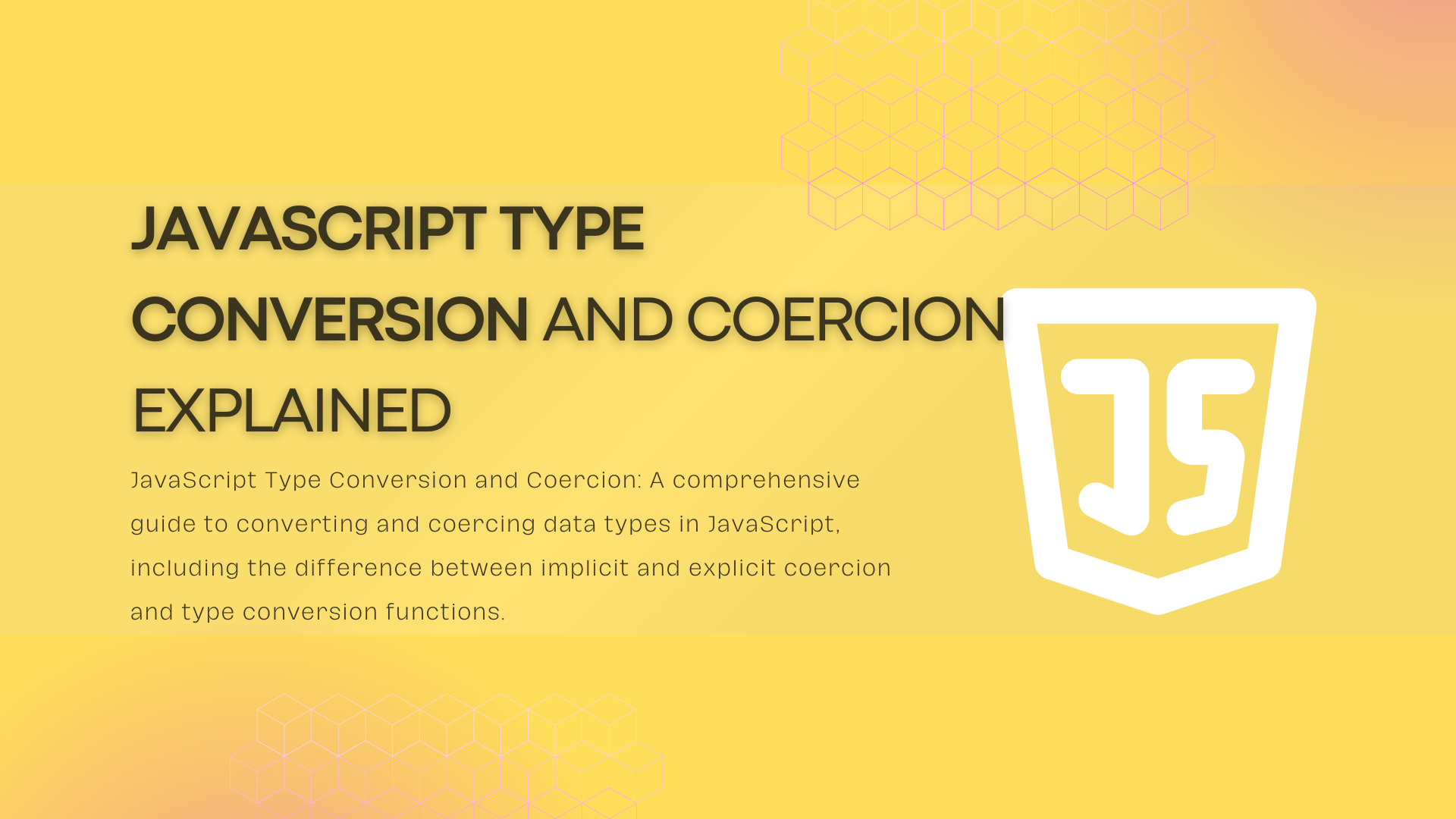
JavaScript Type Conversion and Coercion Explained
JavaScript Type Conversion and Coercion – Understand the process of converting and coercing data types in JavaScript, including the use of type conversion functions and the difference between implicit and explicit coercion.
- Read more: JavaScript Conditional Statements: A Guide to Writing Better Code
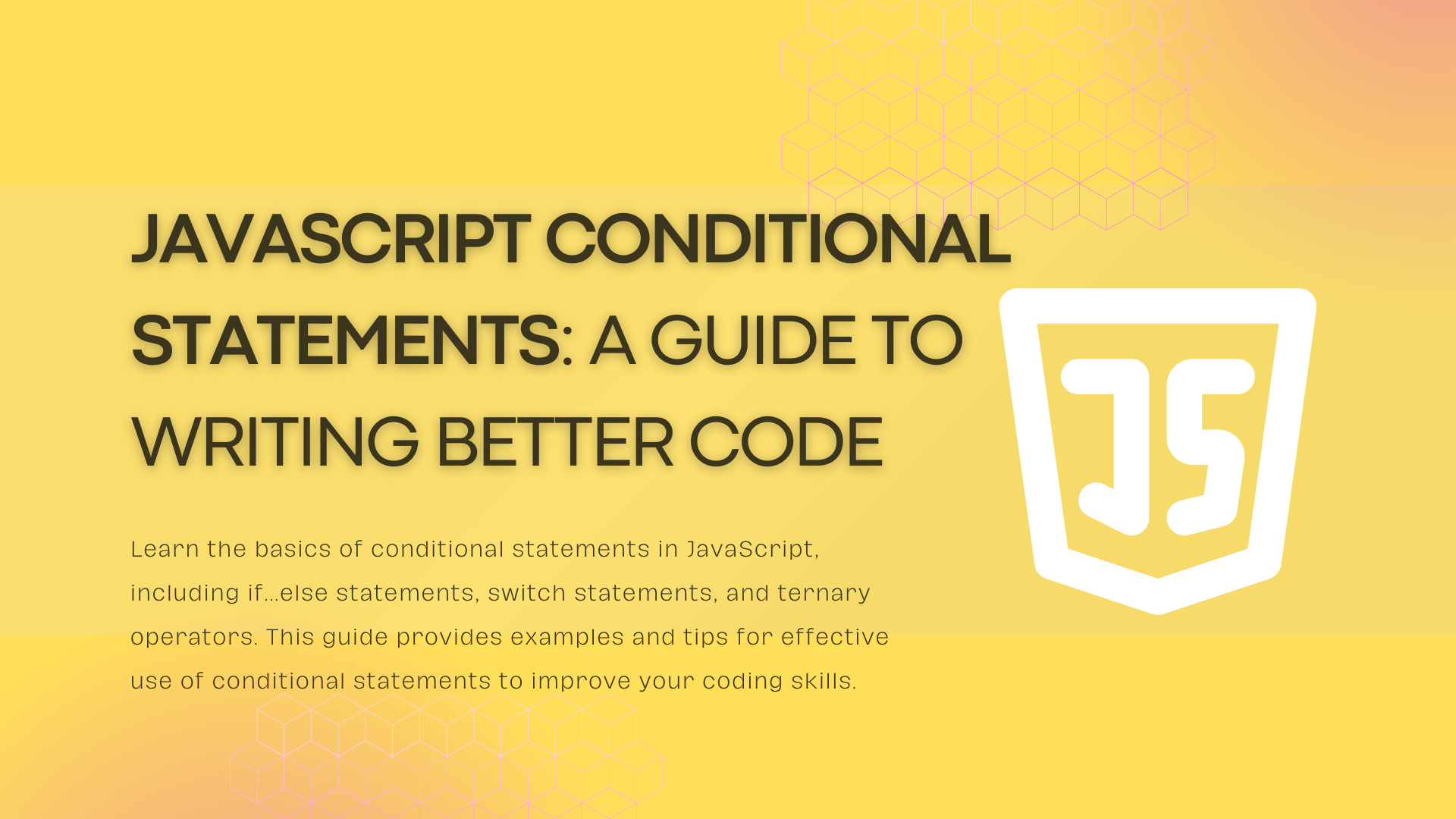
JavaScript Conditional Statements: A Guide to Writing Better Code
JavaScript Conditional statements are a fundamental concept in JavaScript and are used to control the flow of execution in a program. They allow you to test conditions and perform different actions based on the result of these tests.
- Read more: Understanding JavaScript Higher-Order Functions: Demos and Examples

Understanding JavaScript Higher-Order Functions: Demos and Examples
Higher-order functions are a fundamental feature of JavaScript that allows functions to be passed as arguments to other functions, or to be returned as values from other functions.
- Read more: JavaScript Document Object Model (DOM)
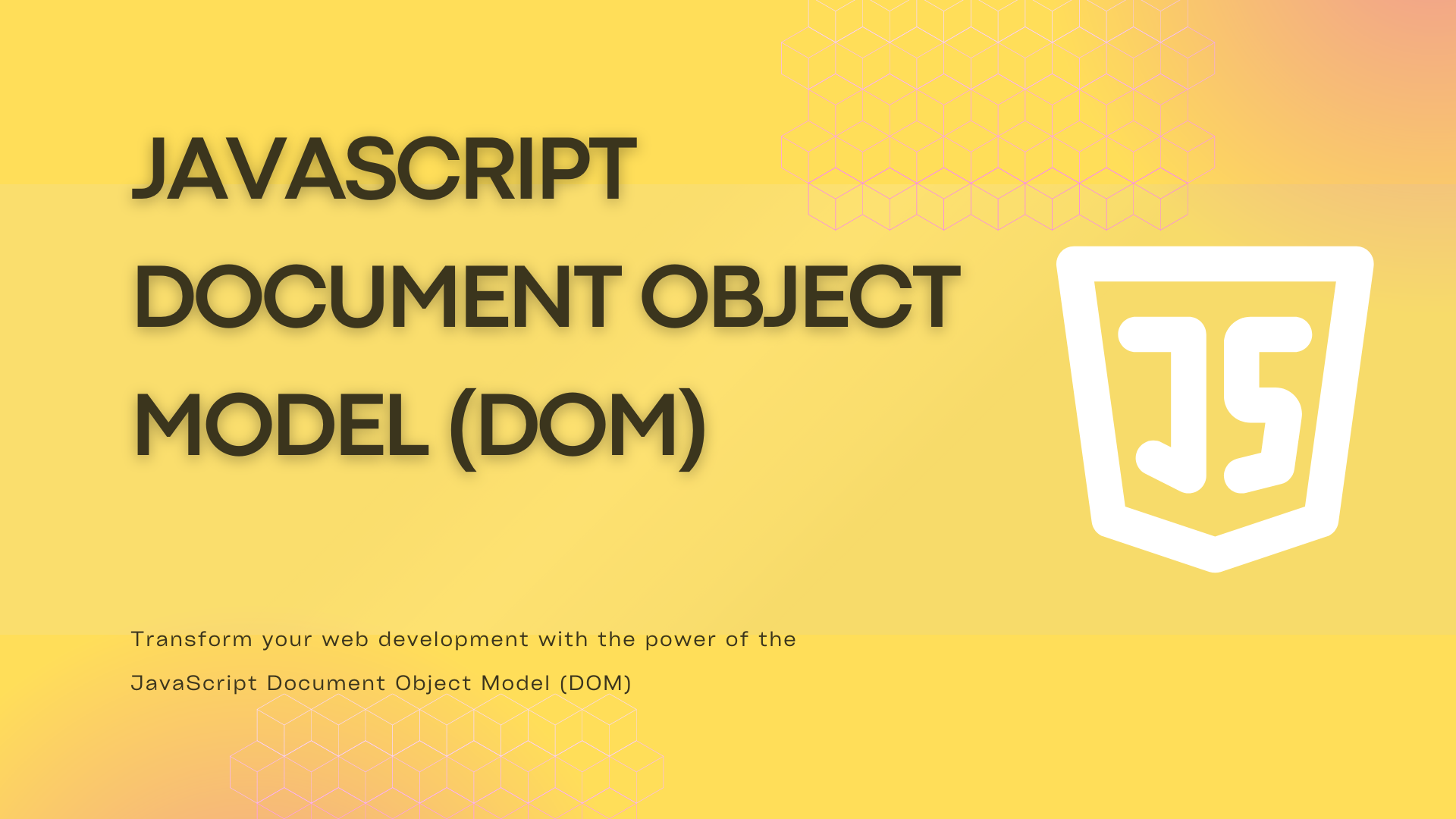
JavaScript Document Object Model (DOM)
JavaScript Document Object Model (DOM) is a programming interface for HTML and XML documents. It provides a tree-like structure that represents the elements of a document, allowing developers to access and manipulate the content of a web page dynamically.
- Read more: JavaScript Subroutines: A Comprehensive Guide with Examples
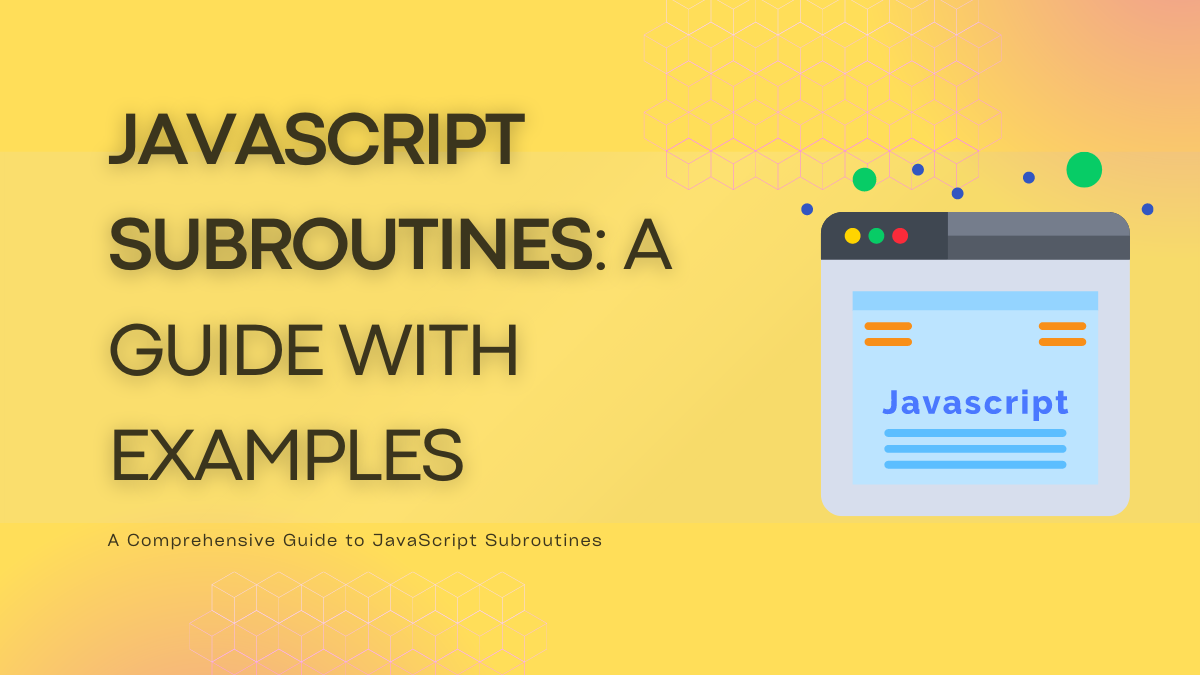
JavaScript Subroutines: A Comprehensive Guide with Examples
JavaScript subroutines are an essential building block for creating efficient, organized, and maintainable code. They are reusable blocks of code that perform a specific task, which can be called from different parts of your code.
- Read more: JavaScript Callbacks: A Beginner’s Guide with Examples
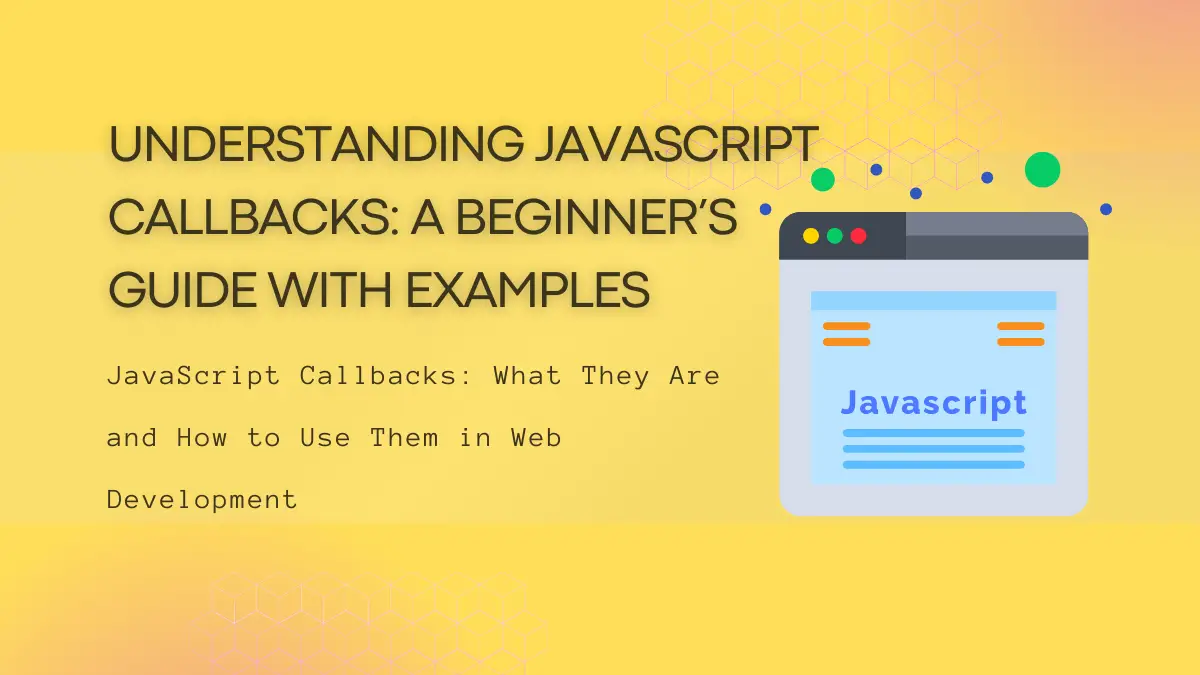
JavaScript Callbacks: A Beginner’s Guide with Examples
In this article, we will take a deep dive into the concept of JavaScript callbacks. We will start with a simple explanation of what callback functions are and why they are important.
- Read more: CSS Grid and Flexbox: The Essential Layout Systems for Web Design

CSS Grid and Flexbox: The Essential Layout Systems for Web Design
CSS Grid and Flexbox are two modern CSS layout models for creating complex and responsive web designs.
- Read more: CSS Positioning: A Beginner’s Guide to Mastering the Position Property
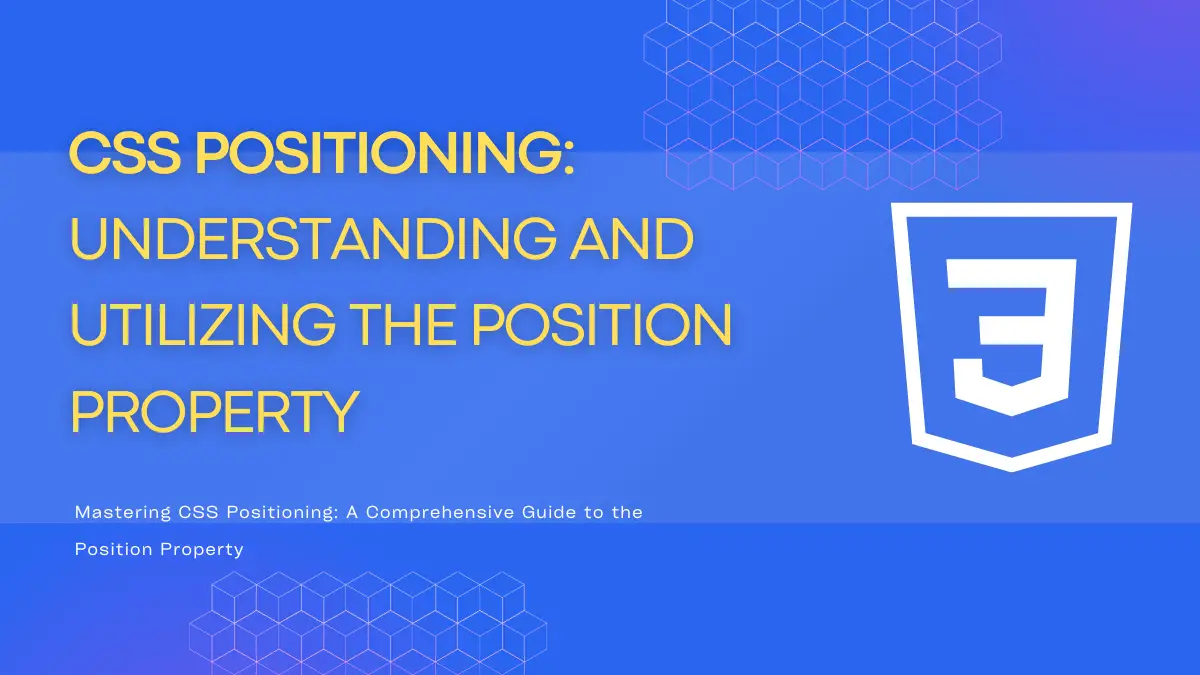
CSS Positioning: A Beginner’s Guide to Mastering the Position Property
The CSS position property is used to control the position of an element on a web page. It specifies how an element should be positioned in relation to its parent element or the viewport.
- Read more: Unleashing the Power of JavaScript Immediate Invoke Function Expressions (IIFEs)
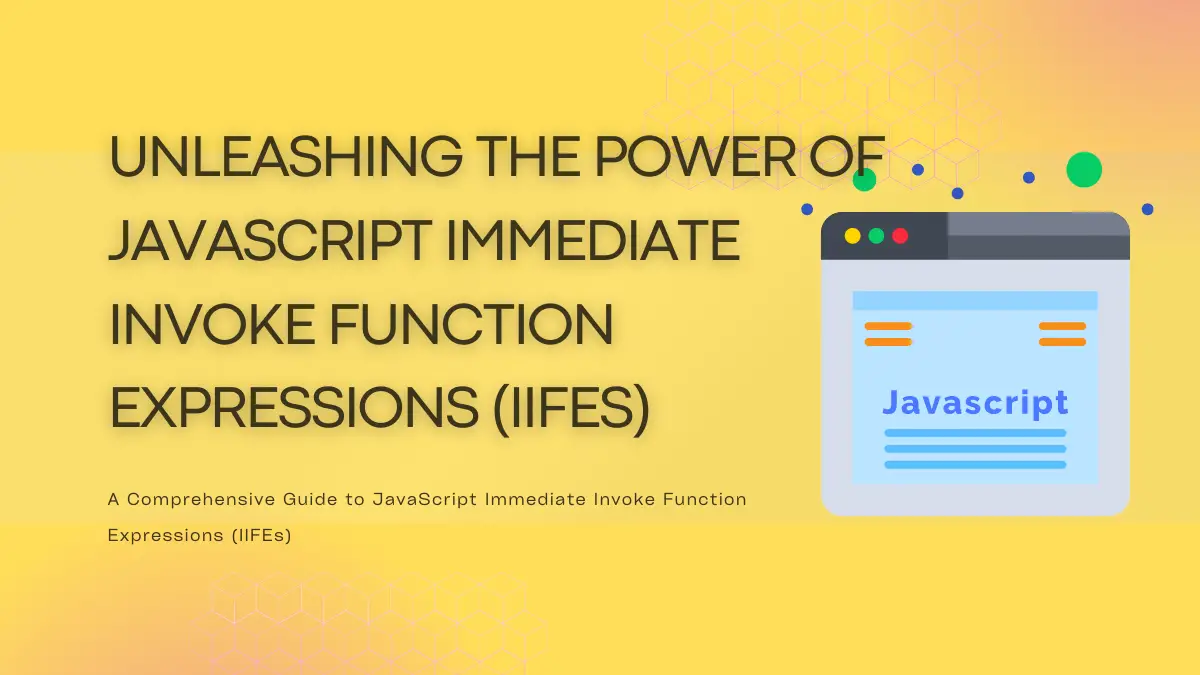
Unleashing the Power of JavaScript Immediate Invoke Function Expressions (IIFEs)
An Immediate Invoke Function Expression (IIFE) is a function that runs automatically as soon as it is defined. It is a self-invoking anonymous function that executes immediately after it is created. IIFEs are commonly used to create local scopes and to prevent variables from polluting the global scope.
- Read more: Mastering JavaScript async/await: A Detailed Explanation and Examples
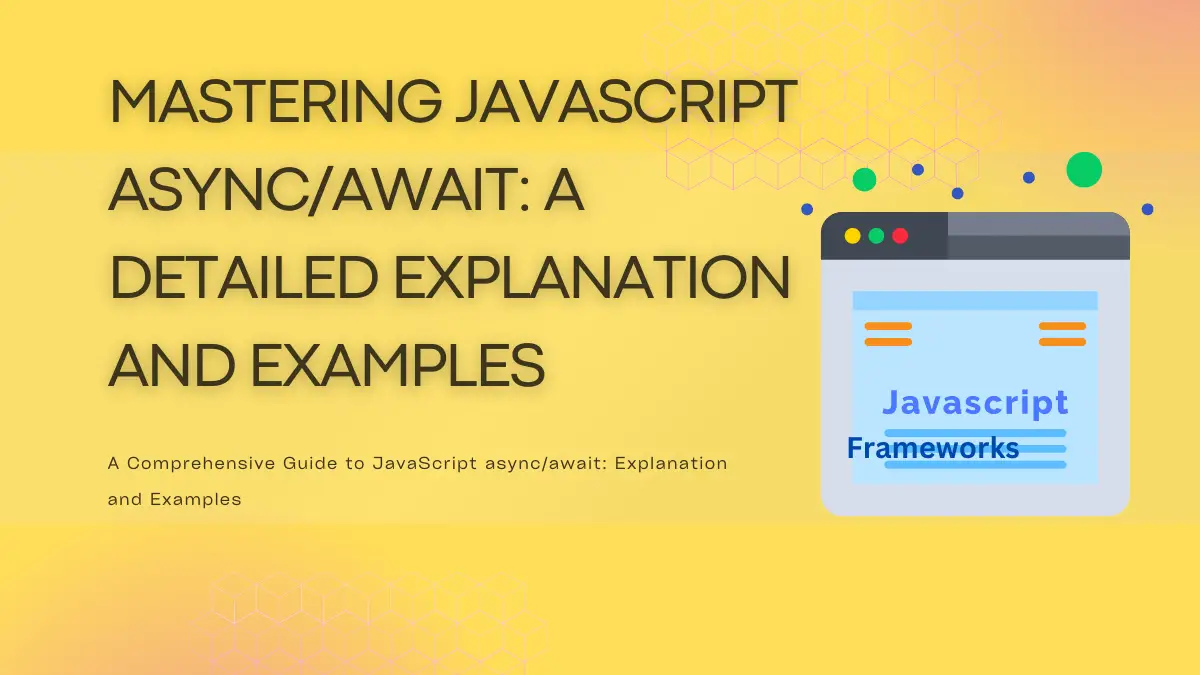
Mastering JavaScript async/await: A Detailed Explanation and Examples
In this blog, we’ll explore what JavaScript async/await is, how it works, and how to use it effectively in your JavaScript code. With clear explanations and practical examples, you’ll come away with a strong understanding of this important feature and how to apply it in your own projects. So whether you’re a seasoned JavaScript developer…
- Read more: Understand JavaScript Scope with Clear Explanation & Examples

Understand JavaScript Scope with Clear Explanation & Examples
Get a comprehensive understanding of JavaScript scope with clear explanations and examples. Learn about the two types of scope (global & local) and how closure works in nested functions.
